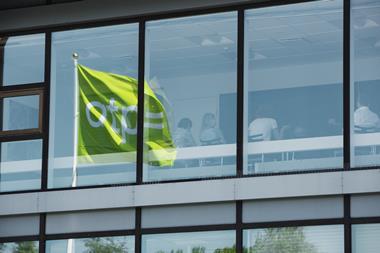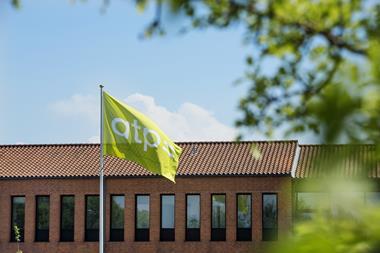Danish statutory pension fund ATP has defended itself against criticism from academics that its business model is flawed, but admitted it is right about the fund having too high a proportion of illiquid assets.
The pension fund’s top leaders made the remarks today in response to an opinion piece last month by Henrik Ramlau-Hansen and Jesper Rangvid, academics at Copenhagen Business School (CBS), arguing the DKK712bn (€95.5bn) ATP scheme should be completely redesigned in order to achieve a higher return.
In today’s opinion article in Danish business daily Berlingske, ATP chief executive officer Martin Præstegaard and the pension fund’s chair Torben Andersen wrote: “When discussing the arrangement of ATP’s pension scheme and the associated investment strategy, it is central to start from what role the ATP pension fulfills in the Danish pension system.”
The ATP Lifelong Pension had to ensure a supplementary pension that was predictable, guaranteed and lifelong, the pair wrote.
“On the part of the legislator, emphasis has been placed on predictability and that the pension must last a lifetime,” they said.
They also argued that the Danish Parliament had as recently as 2021 – in approving a tweaked pension product – confirmed ATP’s role as part of the fundamental layer in the pension system “where the consideration of safety and predictability is given greater weight than the consideration of every last marginal return krone.”
In their article on 18 February, Ramlau-Hansen and Rangvid - who have repeatedly taken issue with ATP’s business model - made three main points in their criticism.
They said it did not make sense for the vast majority of Danes’ ATP savings to be invested in bonds, as the return would then be too low; that the gearing in the investment portfolio was too risky and would not inflation-proof pensions, and that the investment strategy contained too many decisions about active deviations from what the market was doing.
“If there is no political support for such a rethinking of ATP, we believe that our second proposed solution is preferable: Set the ATP savings free,” the academics wrote.
However, the ATP leaders wrote in their article today that they did agree with some of the points of criticism, and acted on them.
“For example, we agree that we have too large a proportion of illiquid assets in the investment portfolio – something we have also systematically worked to reduce since 2020,” said Præstegaard and Andersen.
The CBS academics had said that ATP invested a large proportion of its free funds – the investment portfolio – in illiquid investments, arguing this was dangerous when leverage was as high as it was for ATP.
“When the markets fall, you cannot get out of your illiquid investments – they are illiquid after all – and you end up with ‘too many’ of them,” Ramlau-Hansen and Rangvid said.
This had happened for ATP in 2022 and 2023, they said, to the point where illiquid assets now made up approximately 50% of the investment portfolio.
Back in August last year, ATP blamed investment losses on its balance of liquid and illiquid portfolios, with Præstegaard saying that balance would change over time.
Read the digital edition of IPE’s latest magazine



































No comments yet